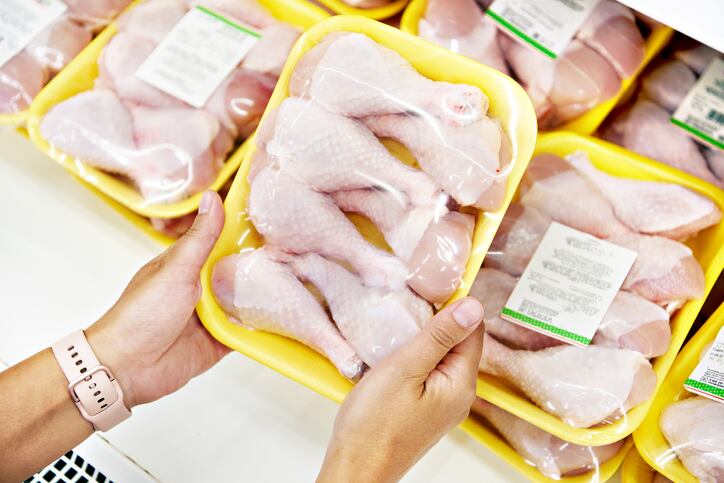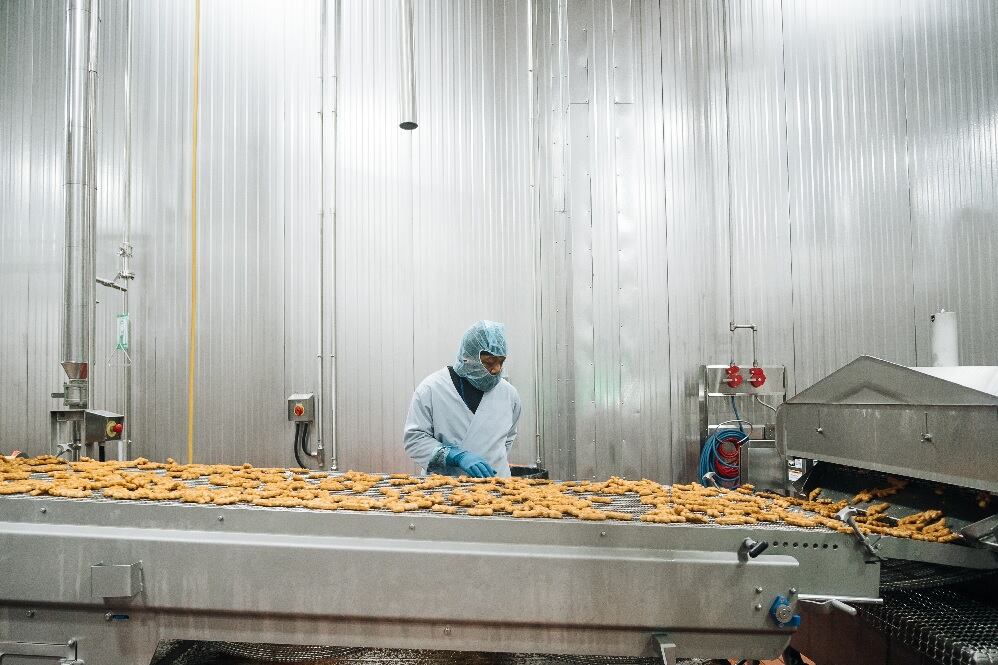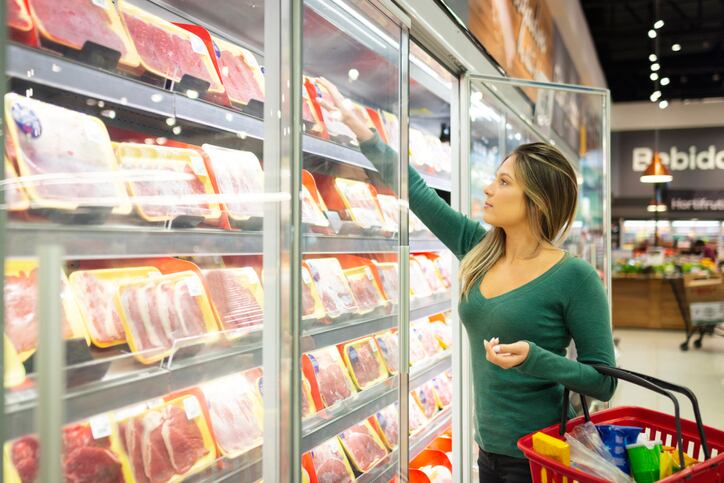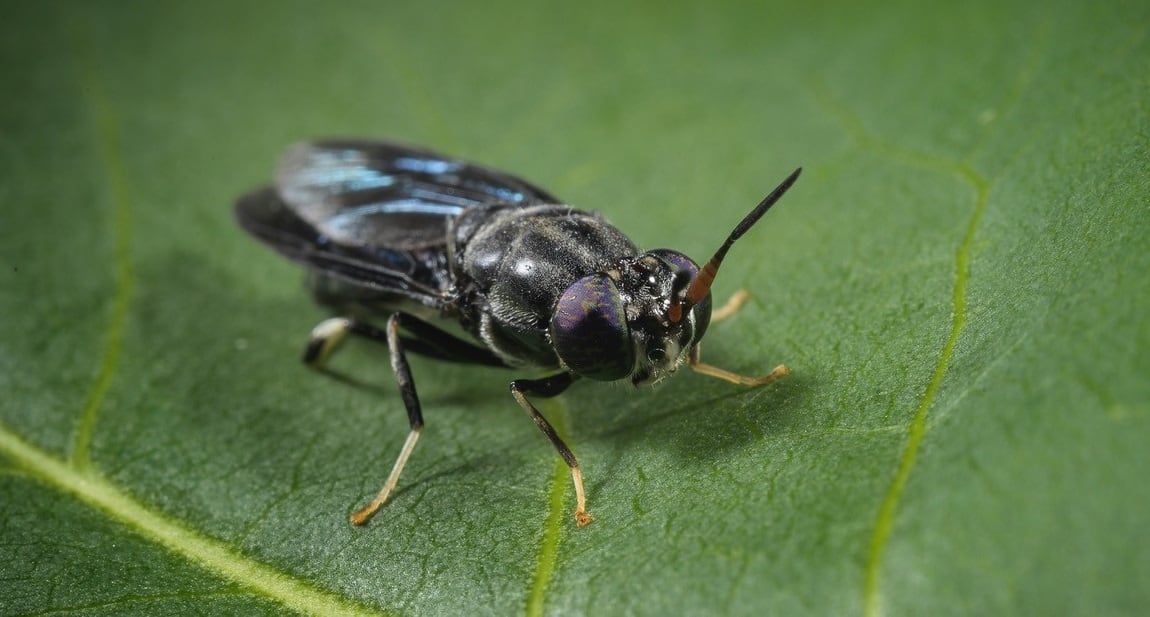The company’s sales inched up 0.4% to $13.3bn from a year ago, and while that may not sound like much it beat expectations and suggests Tyson’s fortunes may be reversing after profits recently tumbled to their lowest point in a decade as headwinds hit all three of the main protein markets in which Tyson plays.
A year ago, Tyson CEO Donnie King described a weaker than expected demand for poultry as a “hit in the mouth” that caused the segment’s operating income to plummet 34% to $77m in the first quarter of 2023 from $117m a year earlier.
Now, the company’s chicken segment has rebounded with adjusted operating income up 149% to $192m in the first quarter, the company reported Monday.
“Our performance reflects a commitment to operational excellence, we are more agile, collaborative, and disciplined business than a year ago, and we have a long runway of opportunities in front of us,” King said during the company’s first quarter earnings call yesterday.
He attributed the early success in part to “bold actions” the company has taken to improve performance and operations, including closing five chicken processing plants over the past year and two packaged beef facilities. The company previously announced plans to close a sixth chicken facility.
It also opened a 325,000-square-foot fully-cooked food production facility in Danville, Va, that is highly-automated and showcases the company’s commitment to building operational efficiencies.
“We are … taking cost out of the system while still keeping the same amount of volume within our customers. Over the long run, that means not putting capital into older and more tired assets, rather than investing in those assets where we tink we could achieve our targeted ROIC number,” explained CFO John Tyson.
Noting Q1 is the third consecutive quarter of more than $100m in sequential AOI increase in the chicken segment, King added, “Our plan is working, and we’re seeing tangible benefits of our efforts as evidenced by our improvements in chicken and pork.”
More work ahead
While optimistic about the coming year based on these early results, King acknowledged the company still has more work ahead, noting “everything remains on the table to drive operational excellence and address inefficiencies.”
Tyson added that “while we’re cautiously optimistic about chicken, there remains a lot of uncertainty and a lot of time left in the year.”
A primary driver of that uncertainty, according to Tyson, is the company’s beef segment, which faces “unfavorable inventory valuation adjustment … due to the rapid and significant decline in cattle futures.”
As a result, the company’s beef volumes fell 4.1% as prices increased 10.5%, for a 6.4% increase in sales.
The portfolio’s combined performance resulted in an overall adjusted earnings of 69 cents per share, which is significantly more than analysts’ expected 41 cents. Adjusted operating income was also down 9% to $411m from last year.
Looking across the segments, Tyson said the company is reiterating its overall sales guidance to be roughly flat year-over-year and it is maintaining its guidance for its adjusted operating income of between $1bn and $1.5bn.




